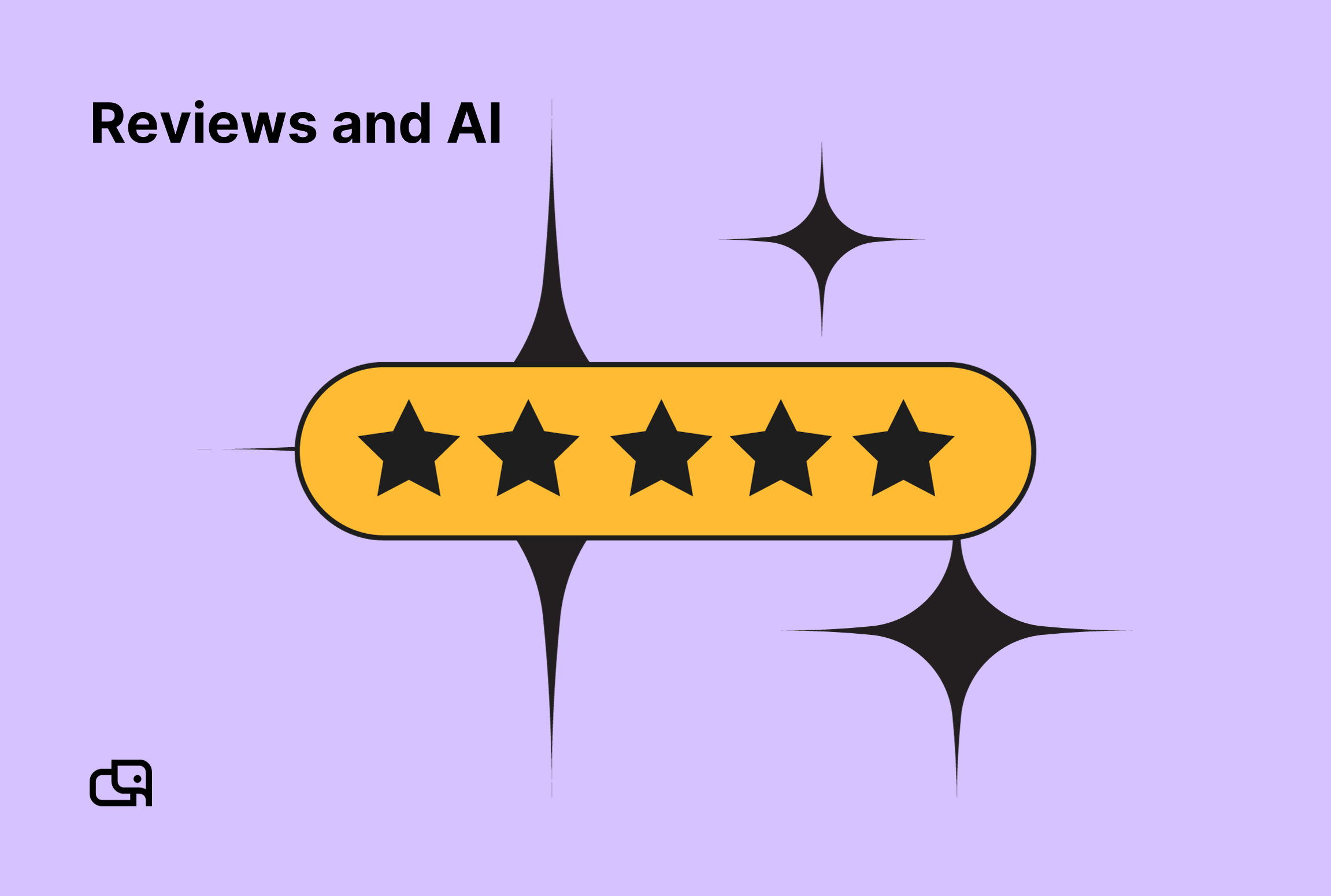How To Analyze Glassdoor Customer Reviews With AI?

In the era of digital transformation, businesses are leveraging artificial intelligence (AI) to gain insights from vast amounts of data. One such application of AI is in the analysis of customer reviews, a critical aspect of business intelligence. Glassdoor, a platform where employees and former employees anonymously review companies and their management, is a rich source of such reviews. But how can you analyze these reviews using AI? Let's dive in and find out.
The Importance of Analyzing Glassdoor Reviews
Before we delve into the how, let's first understand the why. Glassdoor reviews are a goldmine of information about a company's culture, management, and overall employee satisfaction. According to a 2019 Pew Research Center survey, 56% of job seekers consider employee satisfaction a key factor when looking for a job. This makes the analysis of these reviews crucial for companies seeking to attract top talent.
Moreover, these reviews can provide valuable insights into areas of improvement for a company. A study by the Harvard Business Review found that a one-star improvement in a company's Glassdoor rating correlates with a 7.9% higher market value. Hence, analyzing these reviews can directly impact a company's bottom line.
Understanding AI and Its Role in Analysis
Artificial Intelligence, or AI, is a branch of computer science that aims to create machines that mimic human intelligence. This can be anything from understanding human language (Natural Language Processing) to recognizing patterns (Machine Learning).
In the context of analyzing Glassdoor reviews, AI can be used to process large amounts of text data, identify patterns and sentiments, and provide actionable insights. This would be a time-consuming, if not impossible, task for humans to perform manually.
According to a report by Deloitte, companies using AI for data analysis have seen a 45% increase in operational efficiency. This highlights the potential of AI in transforming the way businesses understand and respond to their customers.
How to Analyze Glassdoor Reviews with AI
Step 1: Data Collection
The first step in the process is to collect the reviews. This can be done using web scraping tools that extract data from websites. There are several such tools available, both free and paid, that can scrape Glassdoor reviews.
However, it's important to note that Glassdoor's terms of service prohibit scraping. Therefore, it's crucial to obtain the necessary permissions before proceeding with this step.
Step 2: Data Preprocessing
Once the reviews are collected, the next step is to preprocess the data. This involves cleaning the data (removing irrelevant information, correcting spelling errors, etc.) and converting it into a format that can be used by the AI algorithms.
One common method of preprocessing text data is tokenization, where the text is broken down into individual words or 'tokens'. These tokens are then used as input for the AI algorithms.
Step 3: Sentiment Analysis
After preprocessing, the next step is sentiment analysis. This is where the AI comes into play. Using Natural Language Processing (NLP), the AI can understand the sentiment behind each review - whether it's positive, negative, or neutral.
There are several NLP libraries available, such as NLTK and TextBlob, that can perform sentiment analysis. These libraries use machine learning algorithms to classify the sentiment of the text based on the words and phrases used.
Step 4: Topic Modeling
The final step in the analysis is topic modeling. This involves identifying the main topics or themes in the reviews. For example, the reviews might be talking about the company's work culture, management, salary, etc.
Topic modeling can be done using algorithms like Latent Dirichlet Allocation (LDA), which groups similar words together to form 'topics'. This can provide a high-level overview of what the reviews are about, helping companies identify their strengths and weaknesses.
Challenges and Solutions
While AI can greatly simplify the analysis of Glassdoor reviews, it's not without its challenges. One of the main challenges is the accuracy of sentiment analysis. Sarcasm, for instance, can be difficult for AI to detect. Similarly, short reviews might not provide enough context for accurate sentiment classification.
However, these challenges can be mitigated with continuous training and improvement of the AI algorithms. By feeding the AI more data and refining the algorithms, the accuracy of the analysis can be improved over time.
Conclusion
With the advent of AI, analyzing Glassdoor reviews has become a more manageable task. By automating the process, companies can gain valuable insights into their employee satisfaction and areas of improvement, ultimately leading to better business outcomes.
However, it's important to remember that AI is just a tool. The real value comes from how the insights are used to make informed business decisions and improve the company's culture and operations.


.png)
